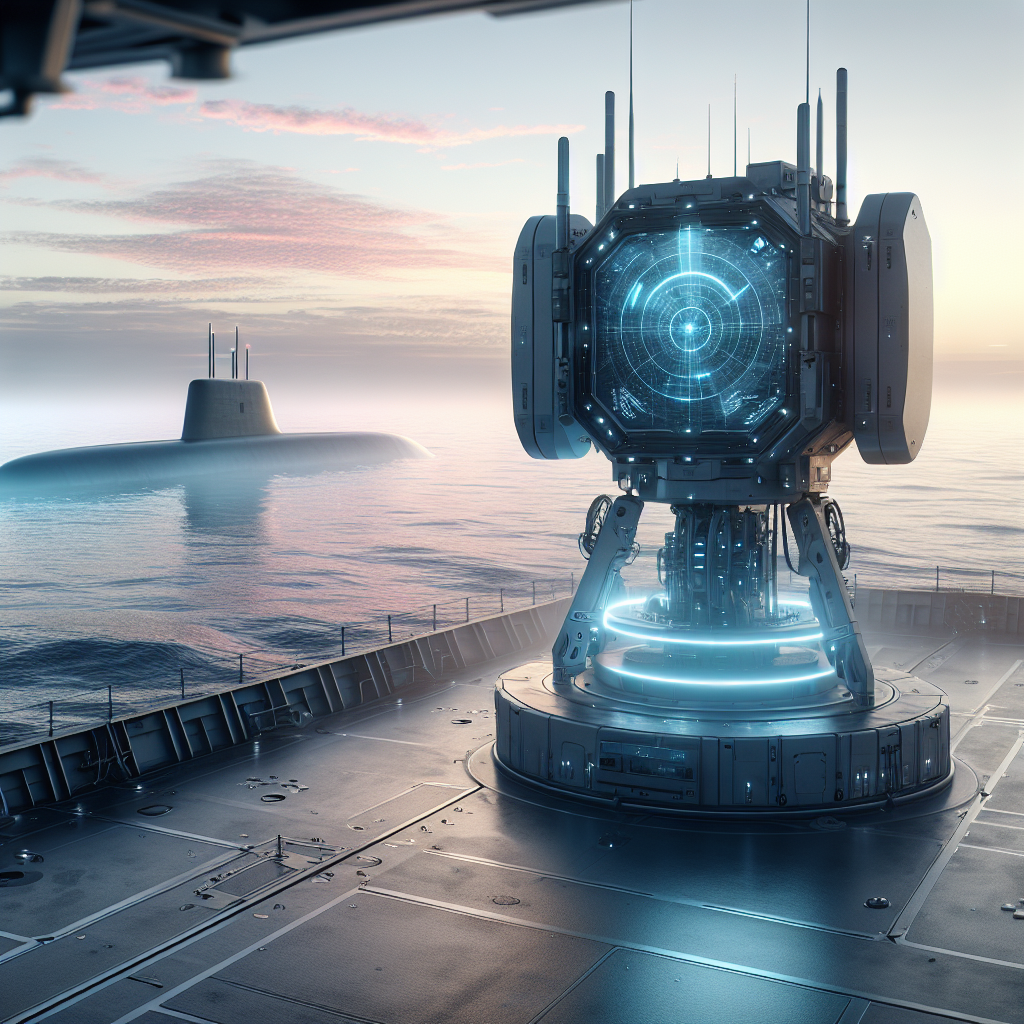
Breakthrough in Submarine Detection: The Revolutionary Near-Light-Speed Ghost Radar
The realm of submarine detection has seen an unprecedented leap forward with the creation of a groundbreaking radar technology by Chinese scientists. This pioneering research harnesses the Doppler Effect in a novel way, producing a solution that could transform military surveillance and underwater communication.
The Science Behind the Innovation
At the heart of this innovation is the creation of a radio-emitting source in the sky, crafted using high-energy microwave synthesis technology. This virtual signal source emits electromagnetic waves while traveling at velocities nearing the speed of light. For observers on Earth, these waves exhibit a significantly expanded wavelength, lowering the signal frequency. This is akin to the redshift phenomenon observed in distant celestial bodies moving away from us.
Extra Low Frequency (ELF) Electromagnetic Waves
- The emitted electromagnetic waves are of extremely low frequency (ELF), enabling them to penetrate ocean waters.
- This capability allows for locating submarines that are concealed hundreds of meters below the surface.
Utilizing Disruptive Technology
Dubbed as a “disruptive technology”, this innovation has been spearheaded by a team led by Li Daojing at the National Key Laboratory of Microwave Imaging, part of the Chinese Academy of Sciences. The research findings, recently published in a peer-reviewed journal, detail how this method is now possible.
Radar Cross-Section and Detection Capabilities
- Faced with signal frequencies as low as 100Hz, the radar cross-section (RCS) of a nuclear submarine in saltwater can reach up to 88 square meters.
- Such detection can be accomplished using common magnetic detectors.
Potential Applications and Impacts
This innovative radar technology isn’t just poised to redefine underwater stealth detection. Its potential applications are manifold, impacting both military strategies and civilian marine communications.
Enhancing Military Operations
With the advanced capability to detect previously undetectable underwater crafts, this technology could reshape naval tactics worldwide. It provides unprecedented insights into underwater movement, making it a strategic asset for defense organizations.
Improving Underwater Communications
Besides detection, this technology could also aid in seamless communication between surface ships and submarines, breaking previous limits imposed by water’s obstructive properties on radio waves.
Challenges and Considerations
While this technology promises a transformative leap in underwater detection and communication, it does raise questions about international military dynamics and the allocation of resources towards defense technologies.
International Defense Dynamics
- The deployment of such technology could alter geopolitical power balances.
- This might lead to further advancements or the development of counter-detection technologies by other nations.
Environmental and Ethical Considerations
As with any breakthrough, understanding the broader implications on marine environments and ensuring ethically responsible deployment remain critical areas of focus for researchers and policymakers.
The Future of Submarine Detection
As technology continues to evolve, such breakthroughs underscore the importance of continued research and collaboration. The near-light-speed ghost radar stands as a testament to scientific ingenuity and its potential to revolutionize fields beyond its initial conception.
This technological advancement not only holds the promise of enhanced defense capabilities but also invites exploration into broader applications that could benefit humanity at large.
With rapid advancements in high-energy frequency technologies, one thing is clear: the future of submarine detection is not just on the horizon; it’s at near-light speed.
Source: https://www.scmp.com/news/china/science/article/3288634/chinese-scientists-create-ghost-radar-moving-near-light-speed-detect-submarines

